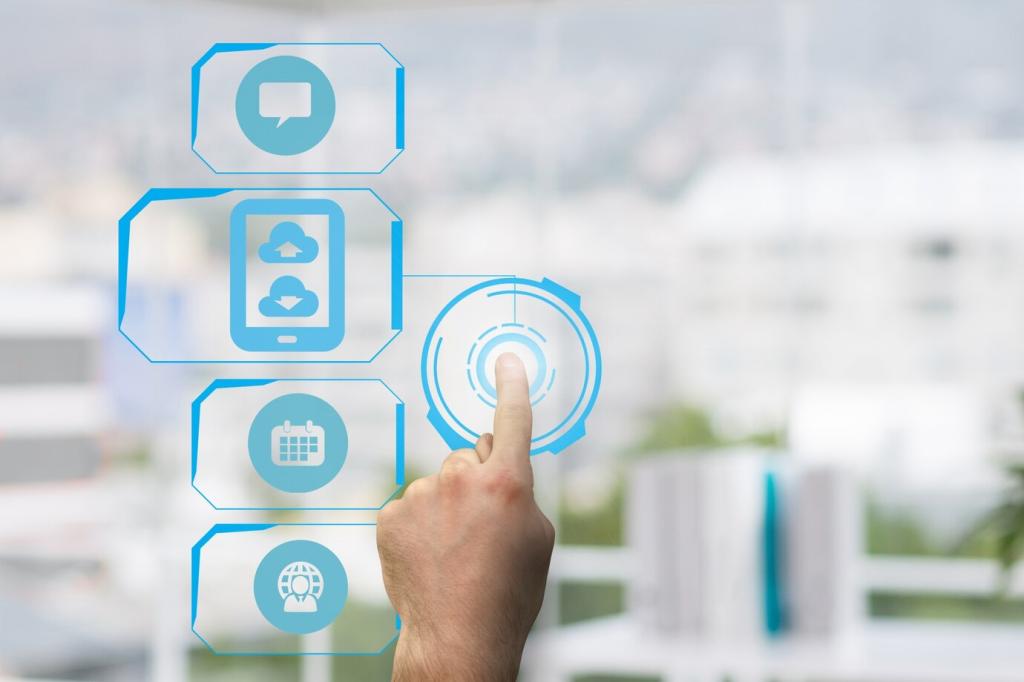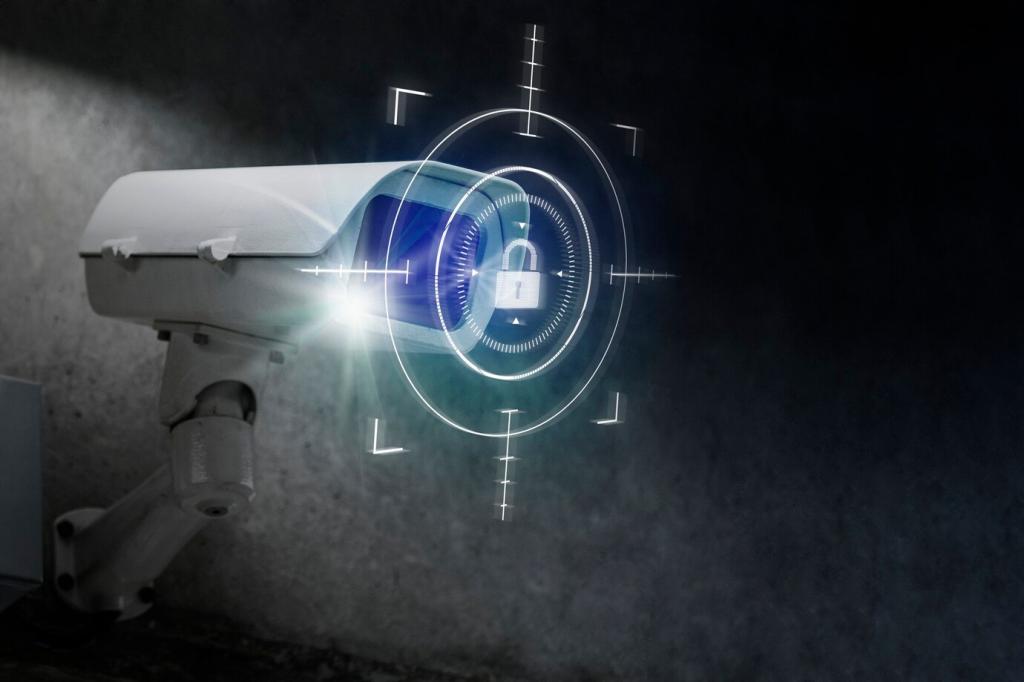What Biometric Access Controls Really Solve
Traditional access relies on something you carry, which can be lost or loaned. Biometrics rely on inherent characteristics, reducing hand-offs and impersonation. When an employee leaves a badge at home, operations stall; when their fingerprint or face is enrolled, identity travels with them everywhere.
What Biometric Access Controls Really Solve
Tailgating often begins with courtesy and ends in costly breaches. Biometric turnstiles and anti-passback logic help ensure one person equals one entry. Share how your team currently handles tailgating, and we’ll tailor simple, human-centered deterrents aligned with your culture and facility layout.





